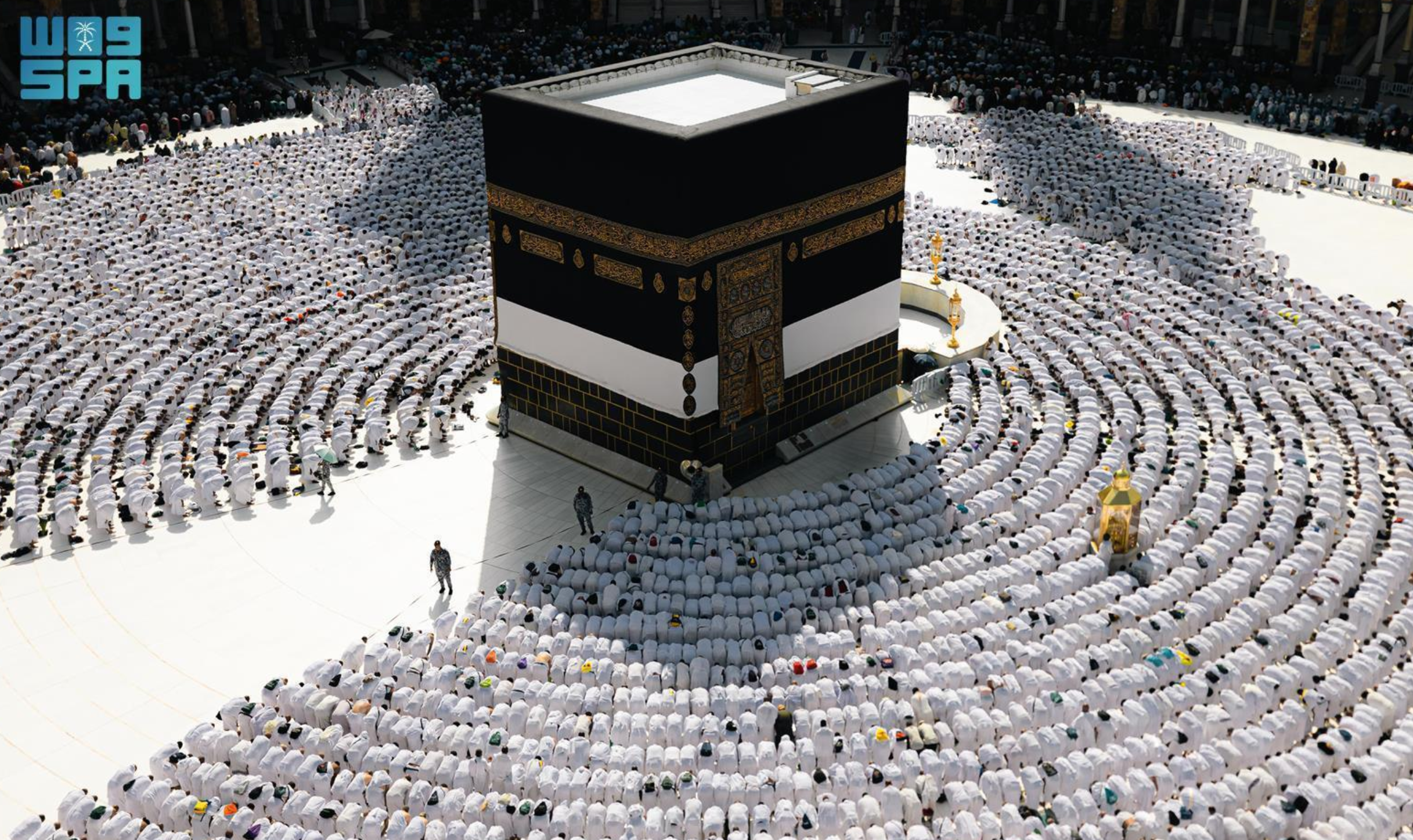
Seamless Hajj: Multi-Agency Coordination Ensures Pilgrim Comfort and Safety
From Makkah and the holy sites, exceptional efforts converged to deliver a unique model of high-quality services to more than 1.6 million pilgrims. This annual harmony and precise coordination reflect the Saudi government's unwavering commitment to providing the finest services to pilgrims. The scene showcased the highest levels of organization and synergy among participating sectors, bringing to life the goals of the Saudi Vision 2030 through the largest comprehensive service plan in Hajj history.
The Ministry of Health, alongside other participating sectors, implemented effective health measures to ensure the well-being of pilgrims. These included a comprehensive plan built on top-tier standards for preventive, therapeutic, and emergency care.
The Ministry of Interior played a pivotal role through the Makkah Route Initiative, one of the Saudi Vision 2030 programs, launched across 12 airports in eight countries. The General Directorate of Passports, through its mobile e-services teams, assisted in verifying the identities of missing pilgrims in guidance centers and for hospitalized cases and promptly addressed reports from partner agencies. Traffic officers ensured the smooth movement of vehicles and pedestrians across the sites.
The Ministry of Defense offered various services for pilgrims. The Royal Saudi Air Force effectively participated in coordination with various military, security, and civilian agencies, utilizing advanced aircraft equipped with the latest technologies for air surveillance, traffic monitoring, and field support through specialized aerial missions.
The Ministry of Hajj and Umrah began early preparations right after last year's season. It carried out planning and implementation, starting from the pilgrims' arrival in Makkah, through their movement to Mina and Arafat, then to Muzdalifah, the stoning ritual, and the Tawaf Al-Ifadah. The ministry conducted over 62,000 field visits and inspections of pilgrims' accommodations in Makkah and the holy sites to ensure compliance with standards and regulations.
The Ministry of Islamic Affairs, Dawah, and Guidance intensified its efforts through awareness activities, lectures, and campaigns to promote the principles of Islamic teachings during Hajj. It deployed 20 mobile awareness booths across the holy sites, activated video call services with scholars to expand access to religious guidance, and operated 350 electronic screens for real-time messaging.
The Presidency of Religious Affairs at the Grand Mosque and the Prophet's Mosque, in collaboration with the General Authority for the Care of the Grand Mosque and the Prophet's Mosque, translated the Arafah Day sermon into 35 languages.
Saudi youth contributed through volunteer initiatives ranging from medical assistance to pilgrims, crowd management at the Grand Mosque and holy sites, and guiding and facilitating the movement of pilgrims to ensure the smooth performance of rituals.
This outstanding achievement underscores the Kingdom's continued leadership in serving Islam and Muslims, ensuring the comfort of pilgrims throughout a spiritual journey marked by tranquility and compassion, managed with professionalism, befitting the sanctity of the Two Holy Mosques, and reflecting the Kingdom's honorable image in serving pilgrims.








